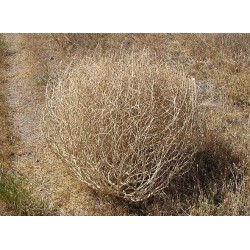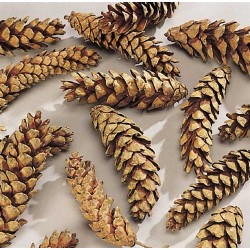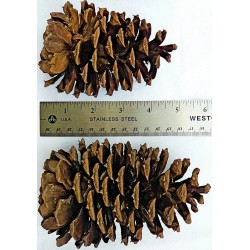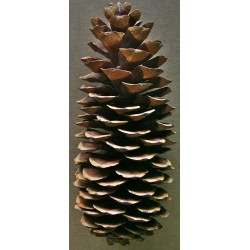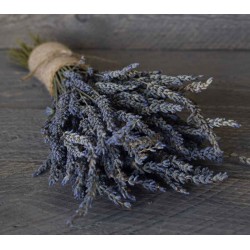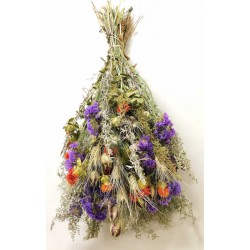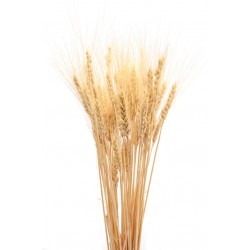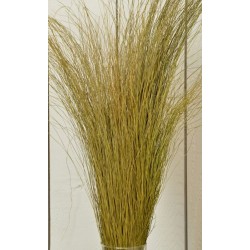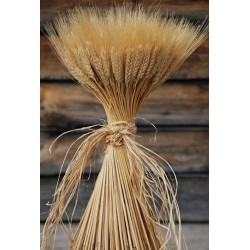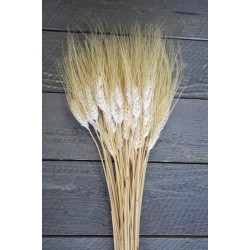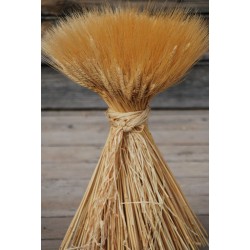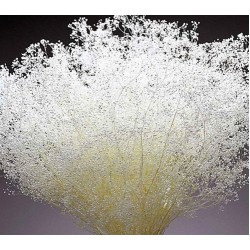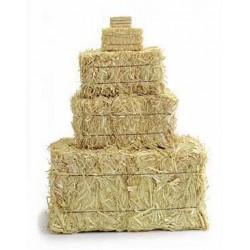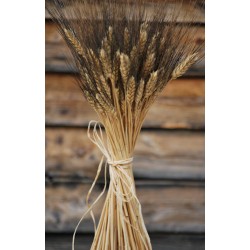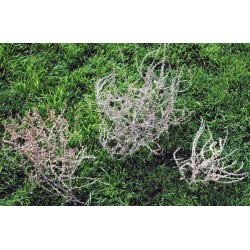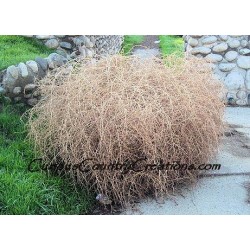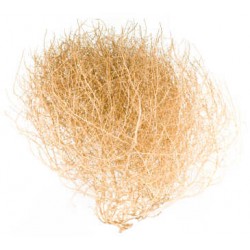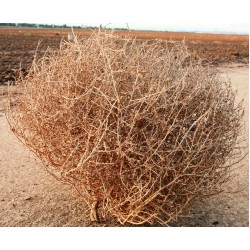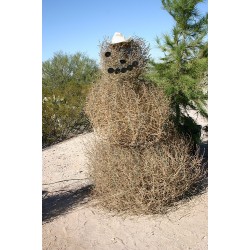Tumbleweed History
The classic Tumbleweeds made famous by cowboy and western movies from
Hollywood is actually not a native of the American West. Known as the
Russian Thistle, the tumbleweed actually emigrated from the prairies of
Mongolia. One theory is that some of the seeds hitched a ride with a
shipment of grain. Another theory is that tumbleweed seeds used their
spiny shells to attach to burlap bags and were carried to America and
then were transported westward on the rail lines. When the cargo was
unloaded, the tumbleweed seeds fell onto the newly broken ground around
the train tracks and found the optimal place to grow. Russian Thistle is
a hardy plant that grows in areas where the ground has been disturbed
and nothing else has grown yet. They can grow where there is a high salt
content in the soil and very little water present.
They've earned themselves the scientific name Salsola because of this ability to grow in salty areas. However they got here, the tumbleweed has found a home in the American West, much to the dismay of farmers and ranchers who find the weeds pesky and annoying as they are now ever-present and choke the ability of other plants to grow. Rumor has it that in Russia there are a plethora of rabbits that eat the sprouts of tumbleweed plants, thus reducing the number of plants that actually reach maturity. Unfortunately none of these rabbits were brought on the emigration, and although cattle, horses, sheep and rodents will eat the young plants if other food sources are not available, there are too many tumbleweeds spreading their seeds across the country to keep their population in check.

